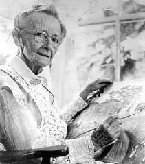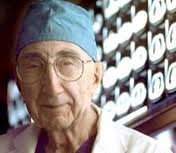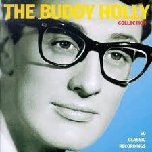The idea of the Panama canal dates back to 1513, when Vasco Núñez de Balboa first crossed the isthmus. The narrow land bridge between North and South America houses the Panama Canal, a water passage between the Atlantic and Pacific Oceans. The earliest European colonists recognized this potential, and several proposals for a canal were made.
Connecting the Pacific and Atlantic Oceans is a waterway with a canal that cuts across the Isthmus of Panama. Using a series of locks, ships can use this man-made canal as a passageway for maritime trade. It is 51 miles in length.
In 1881 France began construction of the canal but stopped because of engineering challenges and a high worker mortality rate due to the damp, warm climate. Over 22,000 fatalities occurred during the French effort to build the canal due to disease, particularly yellow fever and malaria.
Additionally, a corruption affair broke out in the French Third Republic in 1892, that linked to the French company’s failed building attempt to construct the canal. Close to half a billion ‘francs’ were lost, plus it was disclosed that members of the French government had taken bribes to keep quiet about the Panama Canal Company’s financial troubles in what is regarded as the largest monetary corruption scandal of the 19th century.
Subsequently, in 1903 the United States assumed responsibility and completed it. On August 15, 1914 the Panama Canal was opened for use.
During World War II, the canal proved a vital part of the U.S. military strategy, allowing ships to transfer easily between the Atlantic and Pacific. Politically, the Canal remained a territory of the United States until 1977, when the Torrijos–Carter Treaties began the process of transferring territorial control of the Panama Canal Zone to Panama, a process completed on 31 December 1999.
The Panama Canal continues to be a viable commercial venture and a vital link in world shipping, and continues to be periodically updated and maintained. The Panama Canal expansion project started construction in 2007 and began commercial operation on 26 June 2016. The new locks allow transit of larger Post-Panamax and New Panamax ships, which have a greater cargo capacity than the original locks could accommodate.
Here is a page of 10 interesting pictures of the canal...
https://www.pbs.org/newshour/world/100-years-panama-canal-10-photos
Hash browns are already a staple at the breakfast table but this version kicks it up several notches! What makes it "loaded" hash browns? Well, layers of crispy hash browns are accompanied by lots of cheddar cheese, rich bacon, flavorful scallions, and just the right amount of salt and pepper to bring it all together.
- 1 (30-ounce) bag frozen shredded hash brown potatoes, thawed
- 3 scallions, thinly sliced (with 1 tablespoon reserved for garnish)
- 3/4 teaspoon salt
- 1/4 teaspoon black pepper
- 4 tablespoons vegetable oil, divided
- 2 cups shredded Cheddar cheese, divided
- 1/4 cup bacon bits, divided
- In a large bowl, combine potatoes, scallions, salt, and pepper
- In a 10-inch skillet over medium-high heat, heat 2 tablespoons oil until hot. Spread 3 cups of potato mixture evenly over bottom of skillet; press down with a spatula.
- Top with 1-1/2 cups cheese and 2 tablespoons bacon bits. Spread remaining potatoes on top; press down with the spatula.
- Cook 12 to 15 minutes, or until potatoes are well browned and crisp. Loosen edge of potatoes with the spatula. Place a large plate upside down over skillet; carefully turn skillet upside down over plate to remove potatoes.
- In the same skillet, heat the remaining 2 tablespoons oil. Slide potatoes from the plate into skillet so the uncooked side is down. Cook 10 to 15 minutes, or until potatoes are well browned and tender
- Slide onto serving plate. Sprinkle with remaining 1/2 cup cheese, reserved 1 tablespoon scallions, and remaining 2 tablespoons bacon bits. Cut into wedges and serve.
1908 – Michael DeBakey, American cardiac surgeon
1923 – Peter Lawford, British-born American actor (d. 1984)
1954 – Corbin Bernsen, American actor

















No comments:
Post a Comment